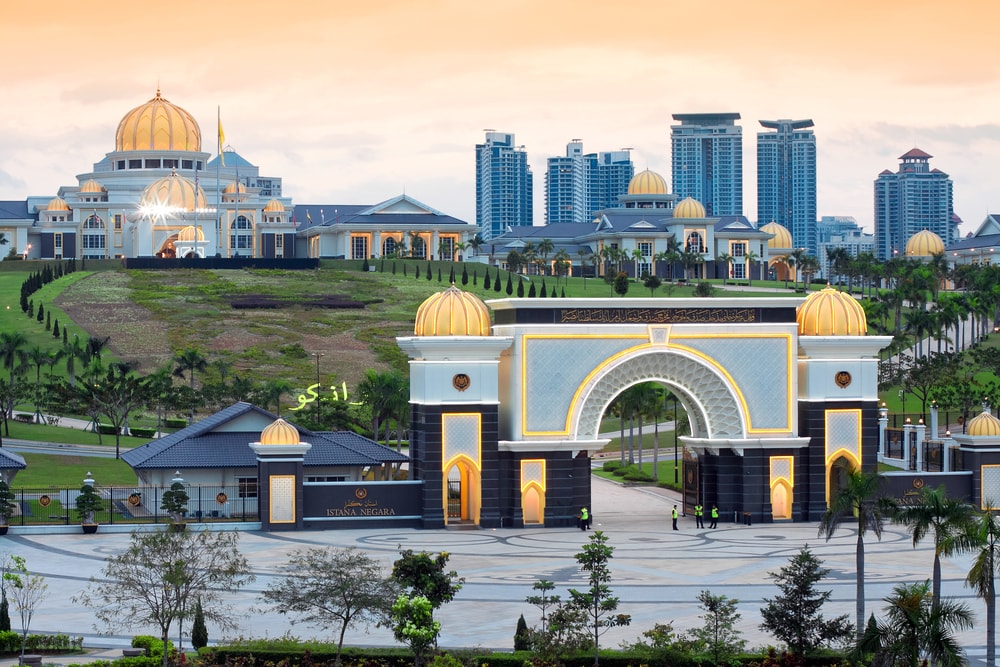 How do nine Malaysian rulers share one throne? They do so surprisingly amicably. Unlike the bloody Wars of the Roses fought over the English throne, Malaysian monarchs are perfectly willing to take turns on the seat of power.
How do nine Malaysian rulers share one throne? They do so surprisingly amicably. Unlike the bloody Wars of the Roses fought over the English throne, Malaysian monarchs are perfectly willing to take turns on the seat of power.
Malaysia is currently one of the only true elective monarchies in the world. Every five years – 2016 is one of them – a secret ballot is conducted to decide the next Yang di-Pertuan Agong, a process that only the royals may vote in and be elected in.
Establishment of the Supreme Head of State also known as Yang di-Pertuan Agong
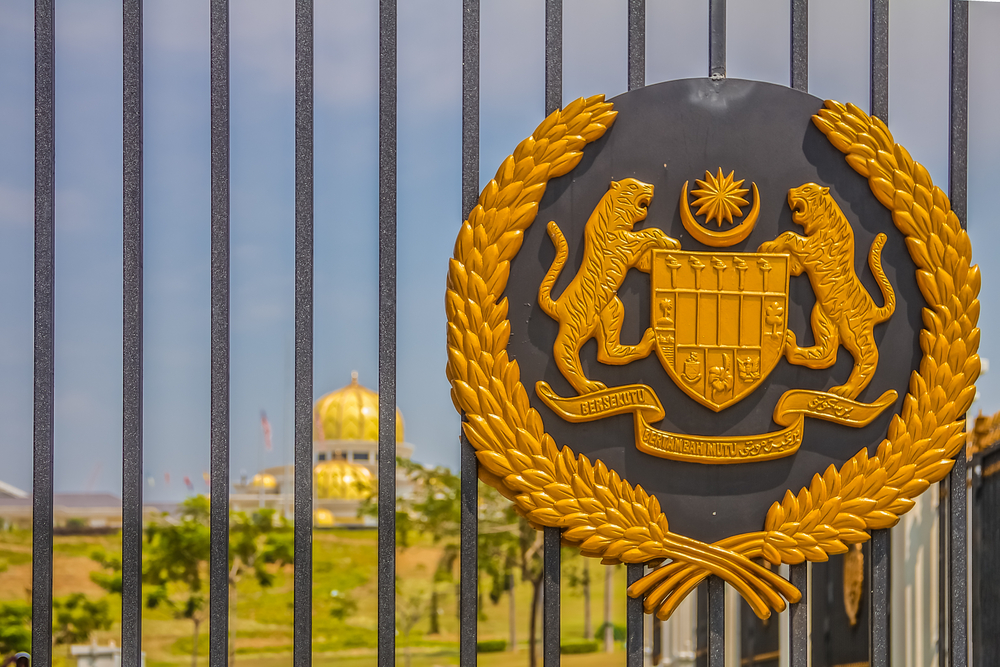
The post of Yang di-Pertuan Agong was established in 1957 when the Federation of Malaya (now Malaysia) gained its independence from the United Kingdom. The Yang di-Pertuan Agong is chosen based on seniority and the position is rotated amongst the state Rulers.
You might wonder why there are only nine rulers involved in the election process and not 13 — one Ruler to represent each state in Malaysia. The reason is that four states – Penang, Malacca, Sabah and Sarawak – and the 3 federal territories, do not have hereditary royal rulers, so they can’t supply a prospective Yang di-Pertuan Agong. Penang, Malacca, Sabah, and Sarawak each have a Yang di-Pertua Negeri, otherwise known as Governors while the federal territories share one Minister of Federal Territories.
The Bar Council Constitutional Law Committee states that “the rotation system was formulated based on the internal policies and understanding within the Conference of Rulers.”
The cycle of seniority is as follows:
- Yang di-Pertuan Besar (of Negeri Sembilan)
- Sultan of Selangor
- Raja of Perlis
- Sultan of Terengganu
- Sultan of Kedah
- Sultan of Kelantan
- Sultan of Pahang
- Sultan of Johor
- Sultan of Perak
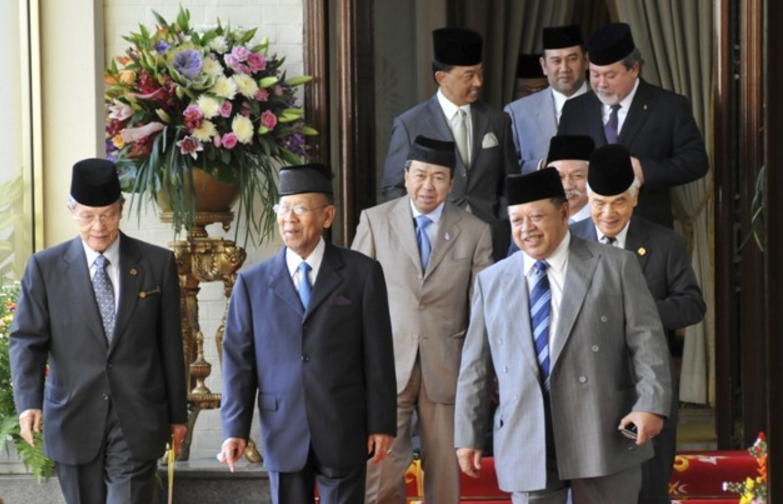
When the post of Agong was established in 1957, the cycle of seniority – based on the length of a rulers reign on their state throne – dictated the order in which the rulers would take a turn a being the Agong. Once the first cycle was up, the order of the second cycle followed that of the first, and so on.
Choosing the next head of state also involves a particular method, much like when electing a new Pope. An important figure in this process is the Keeper of the Rulers’ Seal (Penyimpan Mohor Besar Raja-Raja). The Keeper of the Rulers’ Seal is the officer who has custody and use of the Rulers’ Seal of Malaysia, on behalf of the Conference of Rulers.
The Rulers’ Seal is the symbol of the traditional authority of the royal institutions in Malaysia, namely the Yang di-Pertuan Agong and the hereditary rulers of the states of Malaysia. The Keeper of the Rulers’ Seal also announces the beginning of the fasting month during Ramadan and the dates of Muslim religious holidays in Malaysia.
Process of election
- The nine hereditary rulers from the Malay states gather as the Conference of Rulers (Majlis Raja-Raja) at Istana Melawati. The Conference of Rulers is a council comprising the nine rulers of the Malay States and the governors (Yang di-Pertua Negeri) of the other four states.
- The Keeper of the Rulers’ Seal will give out the ballot for a single candidate, the next in line of seniority; the Rulers will decide whether the candidate is suitable for the post of Yang di-Pertuan Agong.
- The ballot papers are then counted by the Keeper of the Rulers’ Seal and the most junior Ruler who cannot be a nominee for the post of Yang di-Pertuan Agong. A majority of five votes must be achieved for the post to be conferred by the presiding Yang di-Pertuan Agong.
- If the required majority votes are not met, or the post is declined, the Conference repeats the process, with the second most senior Ruler.
- To complete the process, the Ruler must accept the position, and the Conference formally declares the Ruler as Yang di-Pertuan Agong.
- When the result of the election is announced, the ballot papers are then destroyed.
Contrast with hereditary monarchy
Commonly, when people say hereditary monarchy, they think of the rulers in European countries, such as England, France, the Netherlands, Scotland and so on. It is true that most, if not all European countries, have hereditary monarchies, but in the modern day, some have been eliminated.
A hereditary monarchy refers to a system of monarchy where the crown is passed down from one member of the royal family to the next, down the line of succession. The English crown is a well-known example of a hereditary monarchy. Its current Queen Elizabeth II, is the constitutional monarch of 16 of 53 member states in the Commonwealth of Nations.
However, the elective monarchy differs where the line of succession is concerned. In Malaysia, the ‘King’ changes every five years, and there are nine eligible monarchs to take the throne, but only if they are elected and deemed suitable by the Conference of Rulers.
So what does the Yang di-Pertuan Agong do?
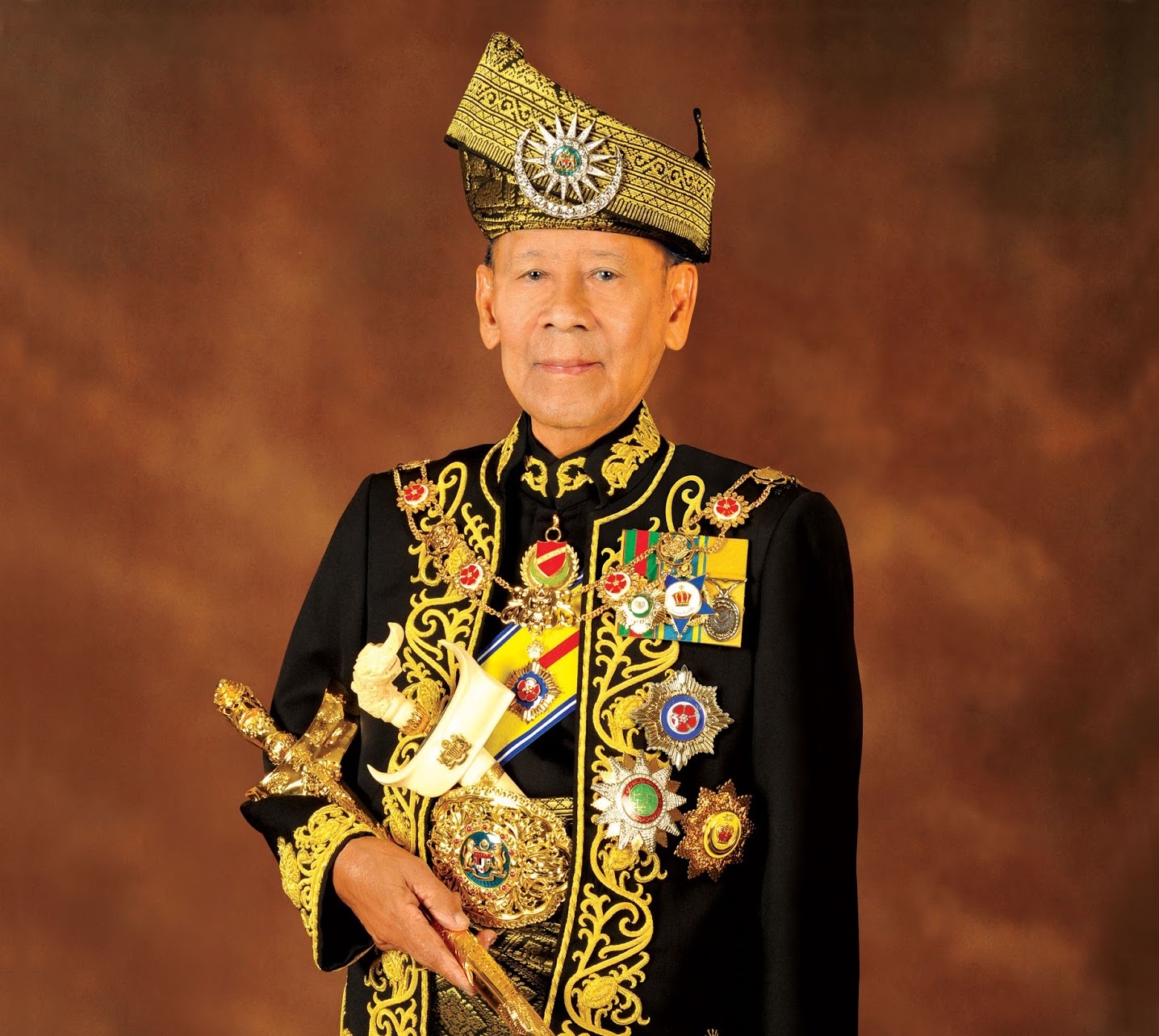
As Malaysia is a constitutional monarchy, and not an absolute monarchy, the Yang di-Pertuan Agong isn’t at liberty to do anything he pleases, but he still holds extensive power as the Supreme Head of State.
There are two main categories to the Agong’s powers — the powers that he exercises under the advisement of the Prime Minister, or any other officer or institution, and the power that he exercises at his own discretion. Among these powers, the Yang di-Pertuan Agong is able to choose who to appoint as Prime Minister from among the elected members of Parliament if no party has won a majority vote. But, usually, the appointment is invariable given to the chief of the dominant party.
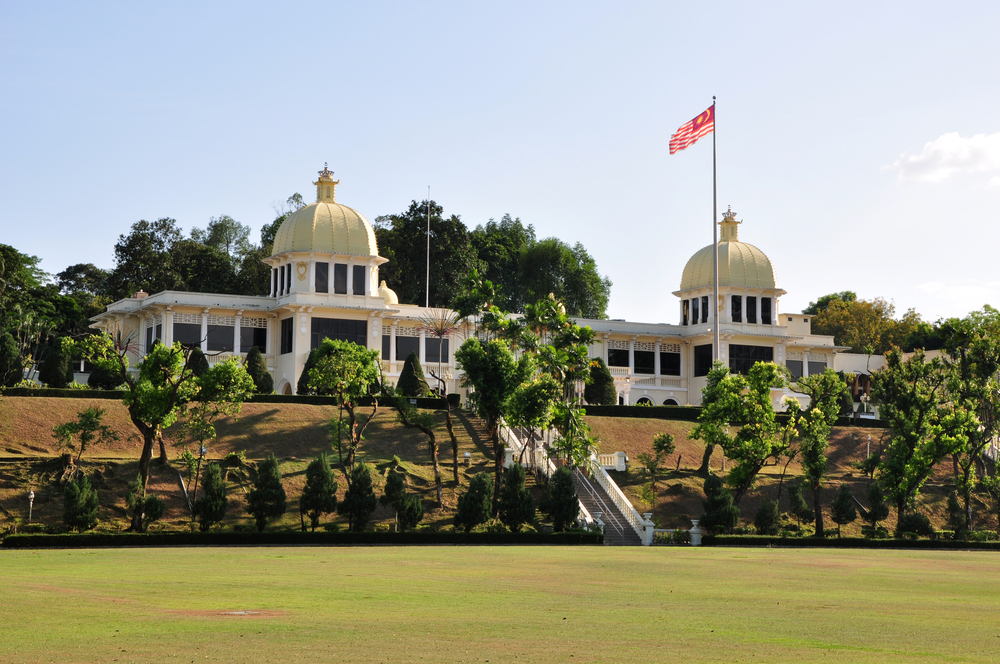
The official residence of the Yang di-Pertuan Agong is Istana Negara (National Palace) located in Jalan Duta, Kuala Lumpur. The new palace was completed in 2011. The old palace along Jalan Istana was converted into a royal museum. Istana Melawati (Melawati Palace), is another royal residence, situated in Putrajaya. The palace is also where the meeting of the Conference of Rulers is held to elect the new Yang di-Pertuan Agong.
The current Yang di-Pertuan Agong is Sultan Abdul Halim of Kedah, the 14th Head of State. Sultan Abdul Halim was also the fifth Yang di-Pertuan Agong between 1970 and 1975. He is the first in Malaysia to hold the position twice. His Majesty Sultan Abdul Halim’s term as Agong will end on 12th December 2016. He will be succeeded by the Sultan of Kelantan, Sultan Muhammad V who will ascend to the throne on 13th December 2016 for a five year term.
Written by Whey Qi Teo
This article was originally published in 2015 and was updated in May 2016.
Read more:
"ExpatGo welcomes and encourages comments, input, and divergent opinions. However, we kindly request that you use suitable language in your comments, and refrain from any sort of personal attack, hate speech, or disparaging rhetoric. Comments not in line with this are subject to removal from the site. "



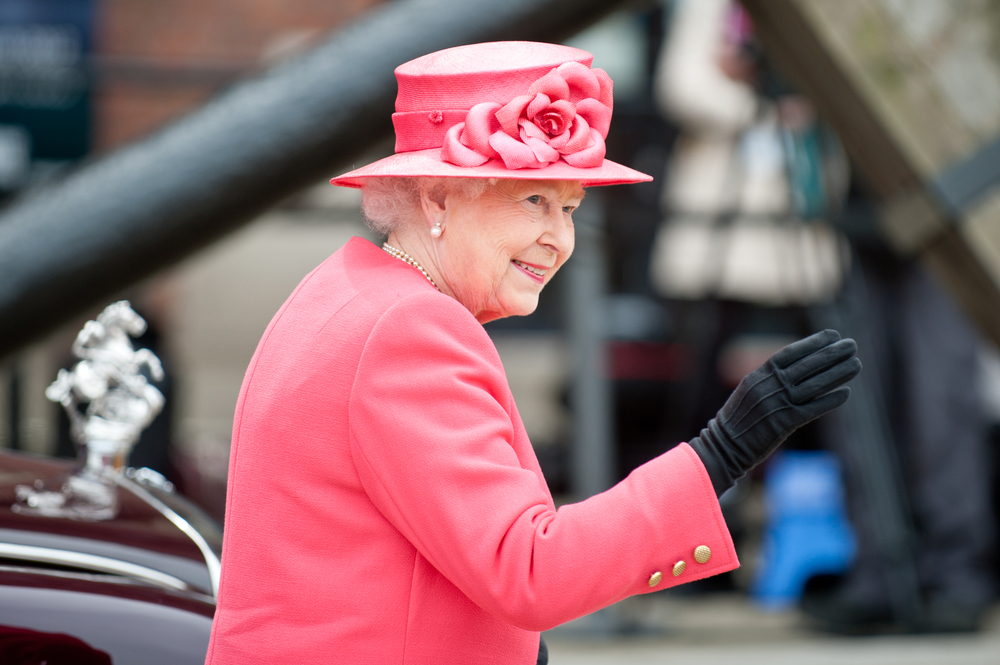




















Nine rings for mortal men doomed to die
Game of throanes in 9 kingdom.
Elaine Illingworth
Claire Zamor I live in one of those towers behind the palace
Not share laa, they vote among themselves or more less like taking turns…
It’s not that hard… They rotate that One Ring to Rule Them All… #lotr
Daulat Tuanku!
Cuz winter isn’t coming to Malaysia. LOL
I guess you can call it… the Game of Thrones.